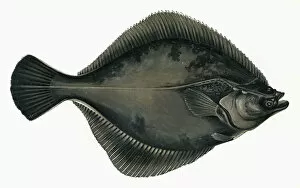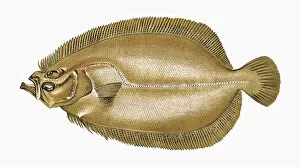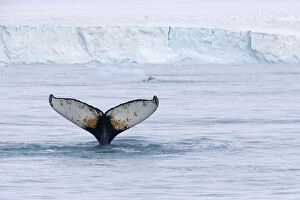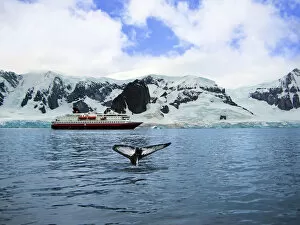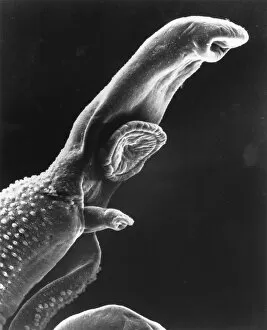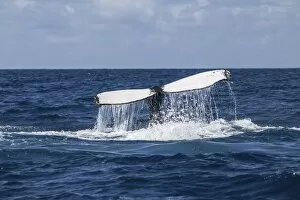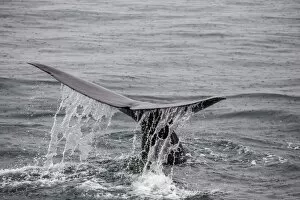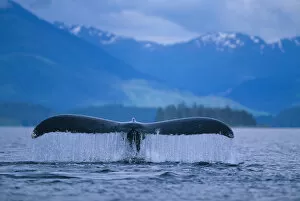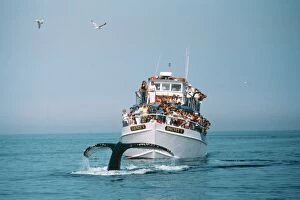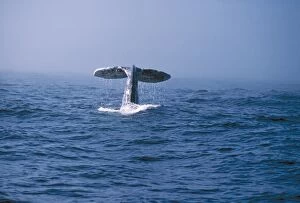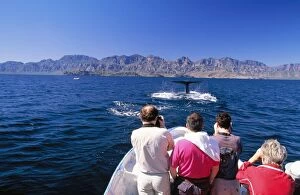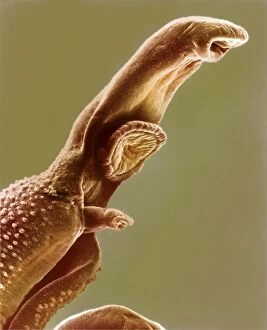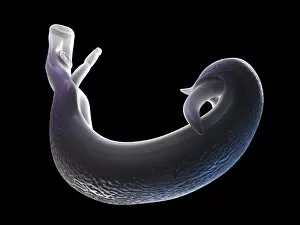Fluke Collection (#5)
Witness the majestic beauty of nature as a humpback whale gracefully emerges from the water, its fluke glistening in the warm hues of a sunset in Southeast Alaska
For sale as Licensed Images
Choose your image, Select your licence and Download the media
Witness the majestic beauty of nature as a humpback whale gracefully emerges from the water, its fluke glistening in the warm hues of a sunset in Southeast Alaska. This breathtaking sight reminds us of the wonders that lie beneath the surface. In another realm, microscopic Schistosoma spp. Blood flukes silently invade their host, reminding us of the delicate balance between life and survival. Their intricate existence serves as a reminder to appreciate even the smallest organisms that shape our world. As a sperm whale dives below a vibrant rainbow, its powerful tail fluke breaks through the water's surface, leaving behind an awe-inspiring spectacle captured in Picture No. 11675599, and is moments like these that remind us how interconnected we are with marine life and how vital it is to protect their habitats. The Northern Right whale takes center stage as it plunges into the depths at sunset in Bay of Fundy, New Brunswick, Canada CH 561. The sheer size and gracefulness of this magnificent creature leave us humbled by its presence. A grey whale's tail rises above San Ignacio Lagoon in El Vizcaino Biosphere Reserve—a sanctuary where humans can witness firsthand these gentle giants' annual migration, and is here that we learn about coexistence and respect for all living beings who share our planet. Macro photographs reveal liver flukes up close—an astonishing display of nature's intricacy hidden within tiny organisms. These images serve as reminders to appreciate both grandiose spectacles and minute details alike. Praziquantel parasite drug stands tall against harmful invaders—providing hope for those affected by parasitic infections worldwide. Its discovery showcases human ingenuity working hand-in-hand with nature to combat diseases that threaten lives across continents. In Mexico's Gulf of California (Sea of Cortez), we encounter blue whales—the largest animals on Earth—whose immense tail flukes create ripples on calm waters while captivating our hearts.

